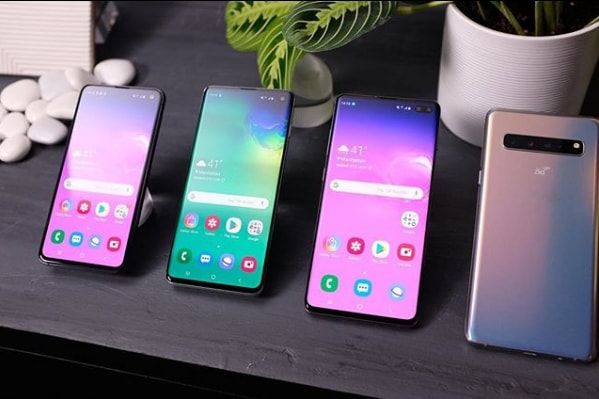With Xposed Framework installed, we can customize a number of different things with Android. A popular request from the community is wanting to change the number of Quick Settings tiles that are displayed per row and thankfully we can do this with the GravityBox module.
Depending on which smartphone you’re running and which version of Android it has on it, your Quick Settings panel could look different than mine. For example, Samsung loves to change the way the Quick Settings panel looks when compared to stock Android. This is something we see from a number of companies as well since they feel they know what is best for their customers.
This is hardly ever the case though as many of us want something different. By default, stock Android will display three Quick Settings tiles per row.
It doesn’t matter how many tiles you add to the Quick Settings panel either. You’ll continue to see three displayed per row and this is likely done so the tiles are big enough to read and distinguish from the others. Personally, I like to display more than three tiles per row and this is exactly one of the features that I change with the Xposed Framework module Gravitybox.
So naturally, you will need to have Xposed Framework and the Gravitybox module installed before you can start this tutorial.
Change the Number of Quick Settings Tiles
- Launch the GravityBox application
- Tap on the Statusbar Tweaks option
- Tap on the QuickSettings Management option
- Toggle the Master Switch on
- Reboot the smartphone or tablet
- Dive back into the QuickSettings Management section of GravityBox
- Tap on the Tiles Per Row option
- Change the option from Default to either 3, 4, 5, or 6
Explanation
There’s a reason why GravityBox is one of the most popular Xposed Framework modules available. Granted, you could probably find individual Xposed Modules for each of the features that GravityBox offers. But having so many included in one single module definitely makes things more convenient. The developer does what they can in order to keep things as compatible as possible. So as long as you’re running a stock/AOSP/LOS version of Android then you should be good to go.
Other versions of Android such as Samsung Experience, OxygenOS, etc. could have different compatibility issues. So while some options within GravityBox may work on a Samsung device, others may not. This is a big reason why you should always keep a current backup of your data (or at least have the Xposed uninstaller on the device) just in case you run into one of these issues. For most devices though, GravityBox works wonders.

So this guide isn’t very long at all and that’s definitely a good thing. Once you have Xposed Framework and the GravityBox module installed then you’ve already done most of the work. Simply launch the GravityBox application and tap on the Statusbar Tweaks option. From here, you’ll see the QuickSettings Management option at the top and after tapping on that you’ll be greeted with a Master Switch option. Unless you’ve enabled this before, toggle the Master Switch option on and then reboot the device.
Once you’re booted back into Android, go ahead and go back into the QuickSettings Management section within GravityBox. This time, all of the features here will be available for you to tinker with but we’ll just be focusing on the Tiles Per Row option today. Tap this and you’ll see a pop-up box appear with a number of options to choose from. By default, the Default option will be selected, but you can change this to 3, 4, 5, or 6. Each time you change it, you can expand the Quick Settings Panel to see how it looks.
Experiment to see what you like the most (or switch it back to default if you want it how it was to begin with) as you can always change it in the future if you want.





